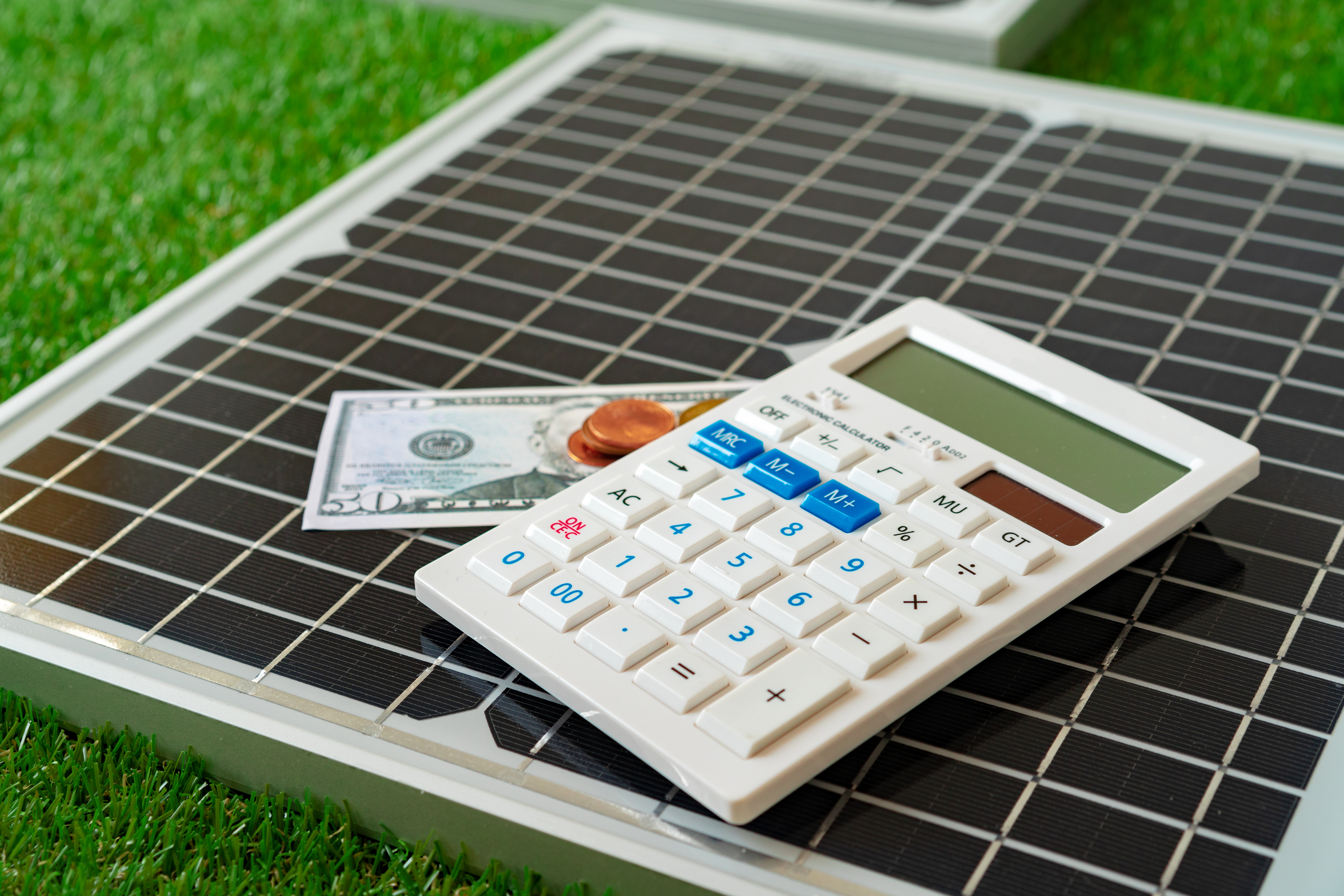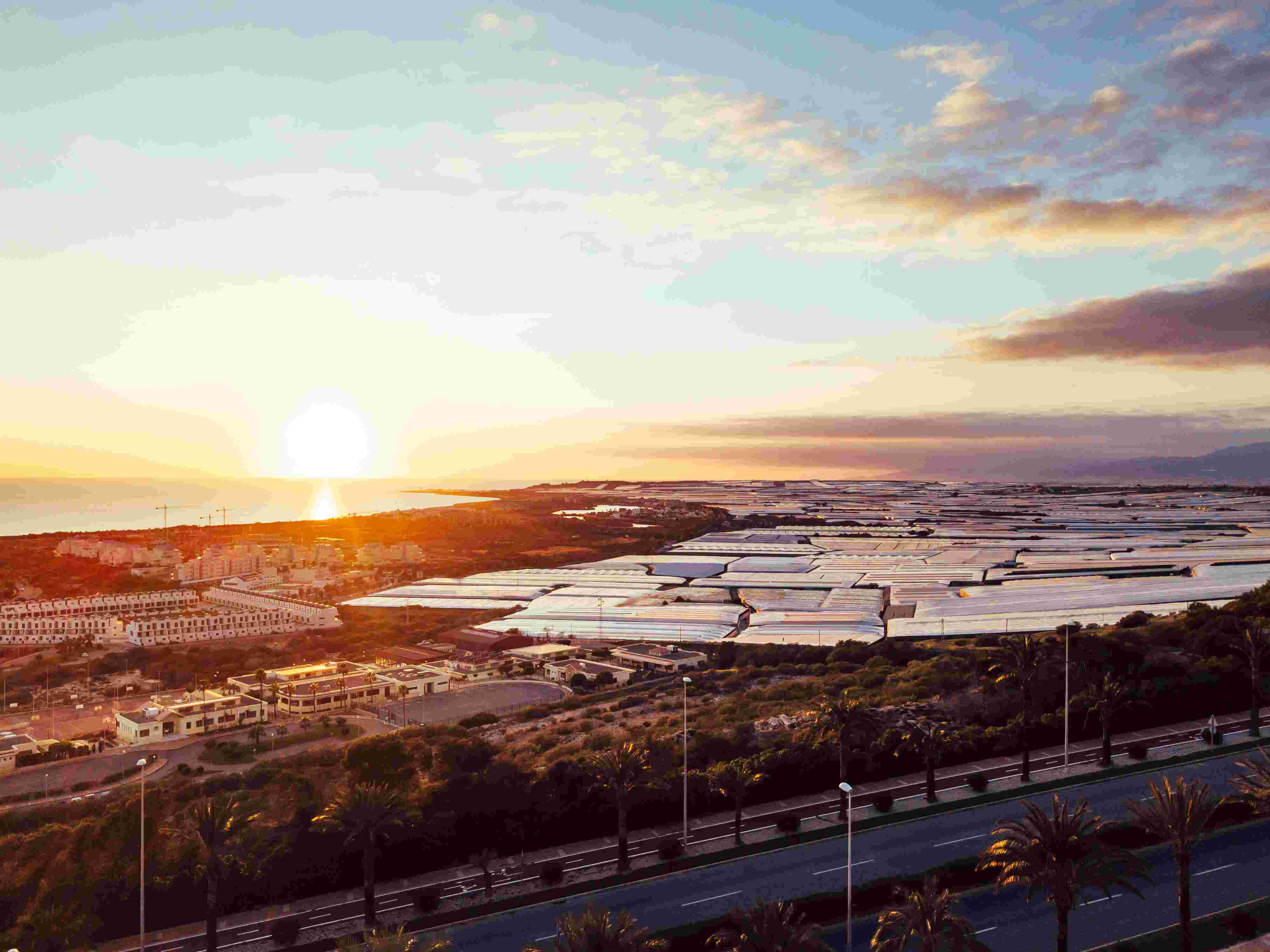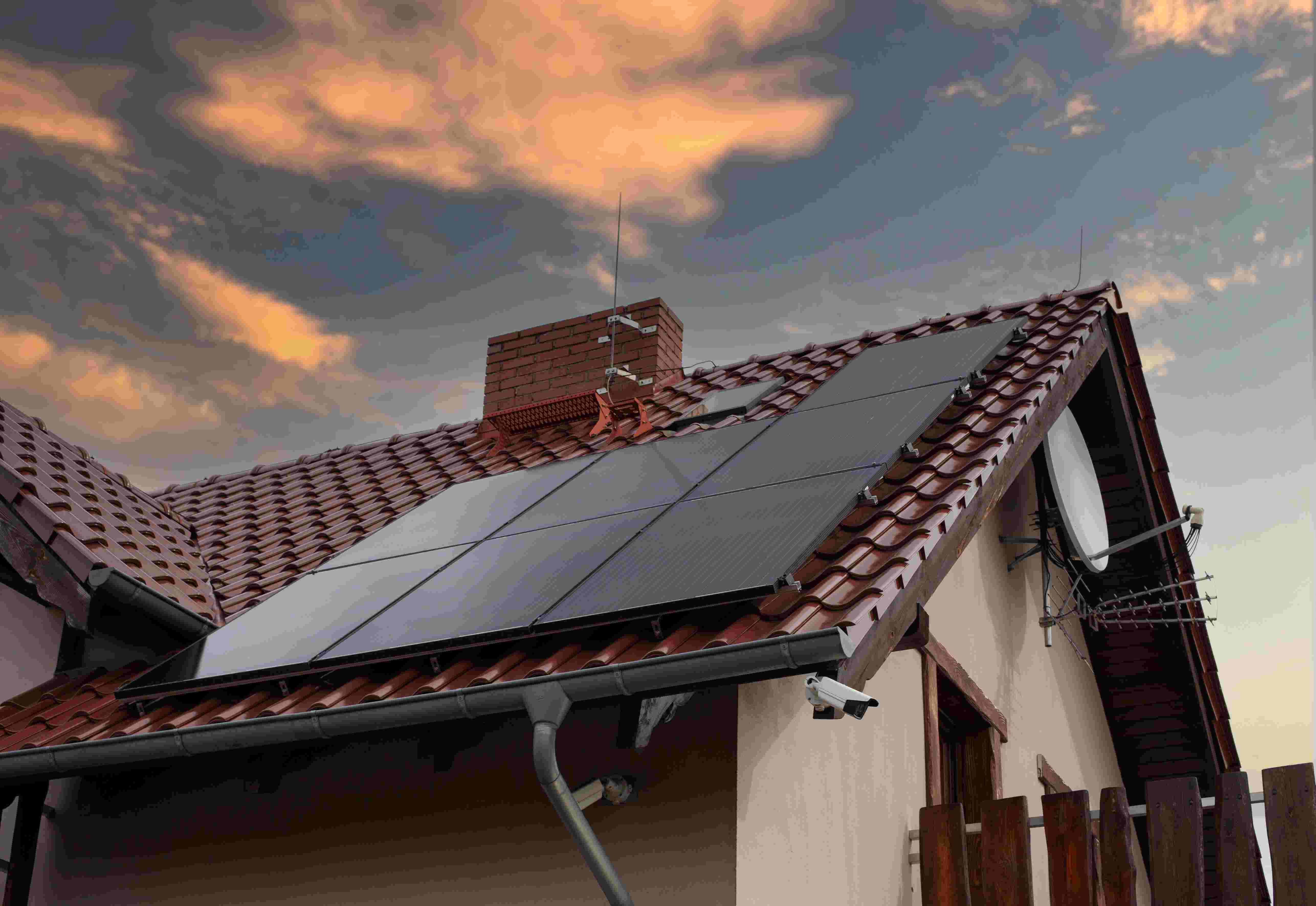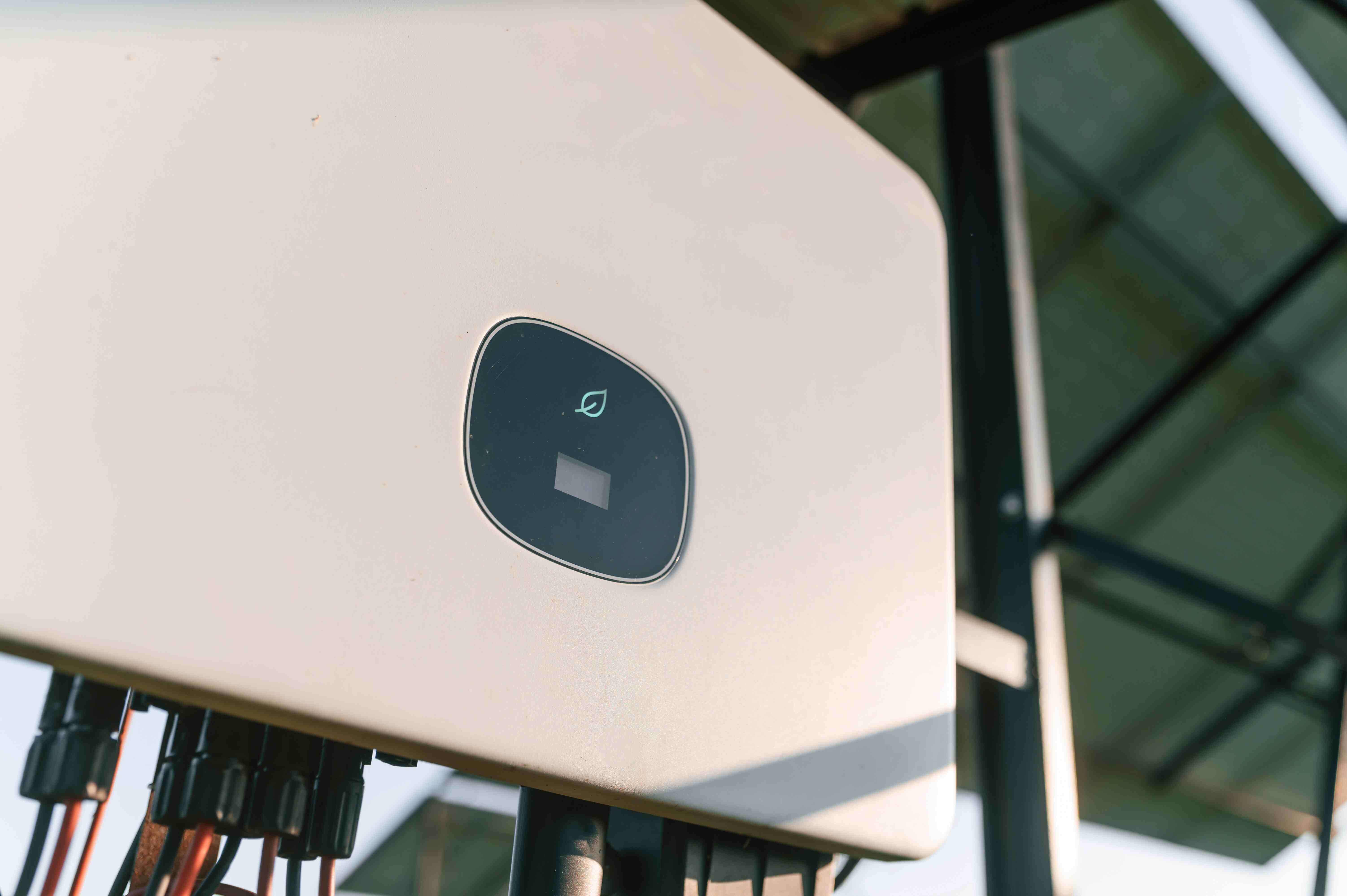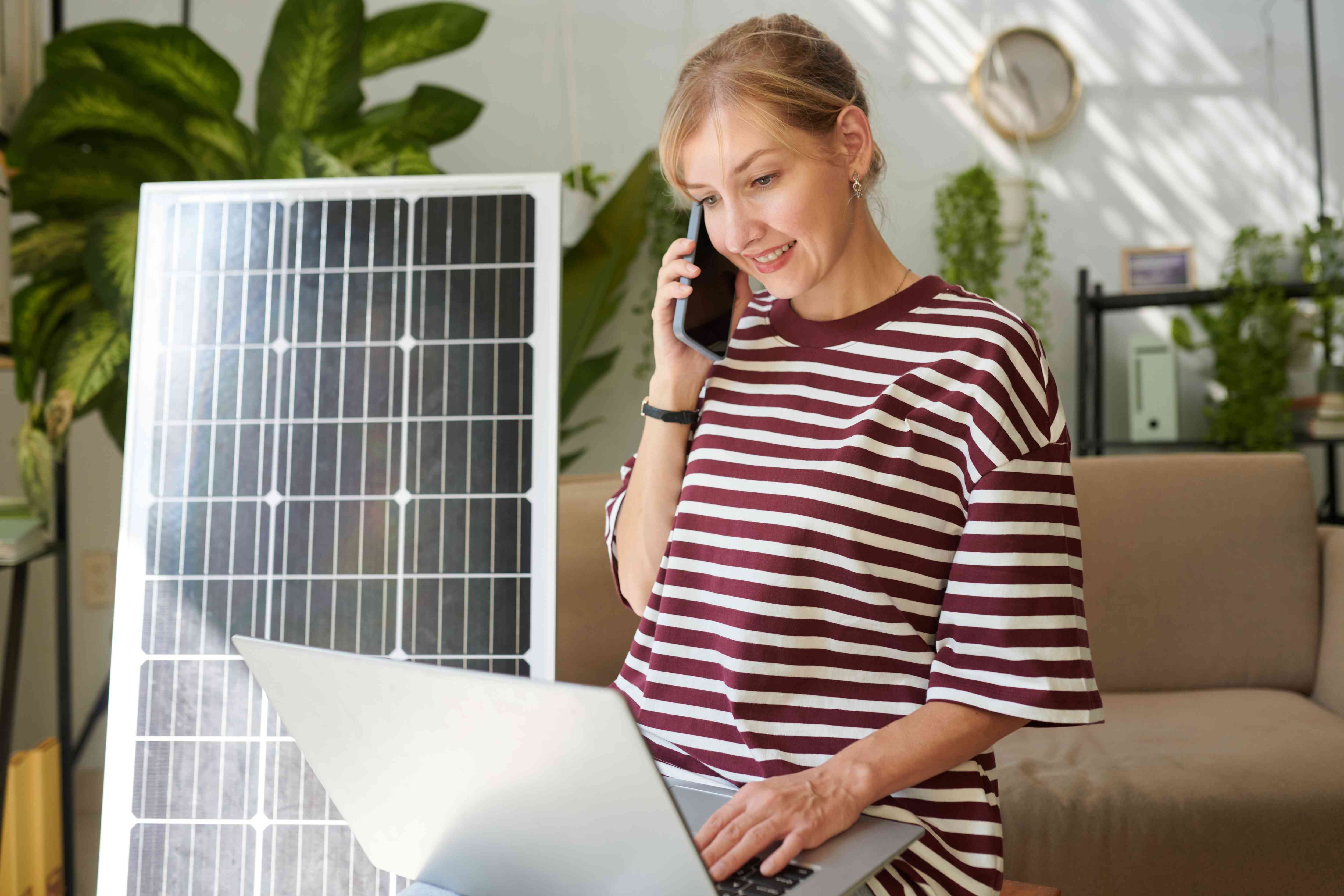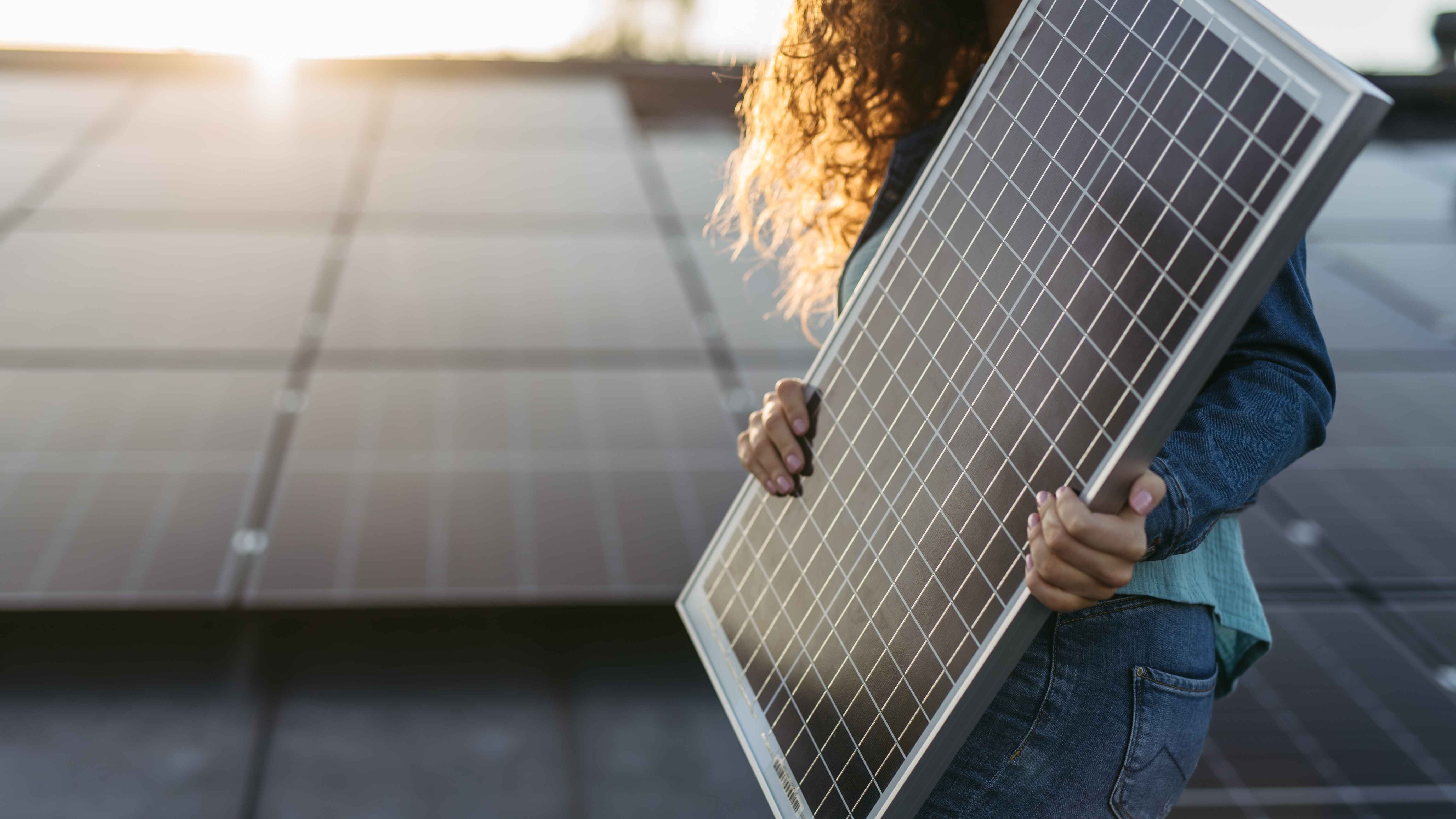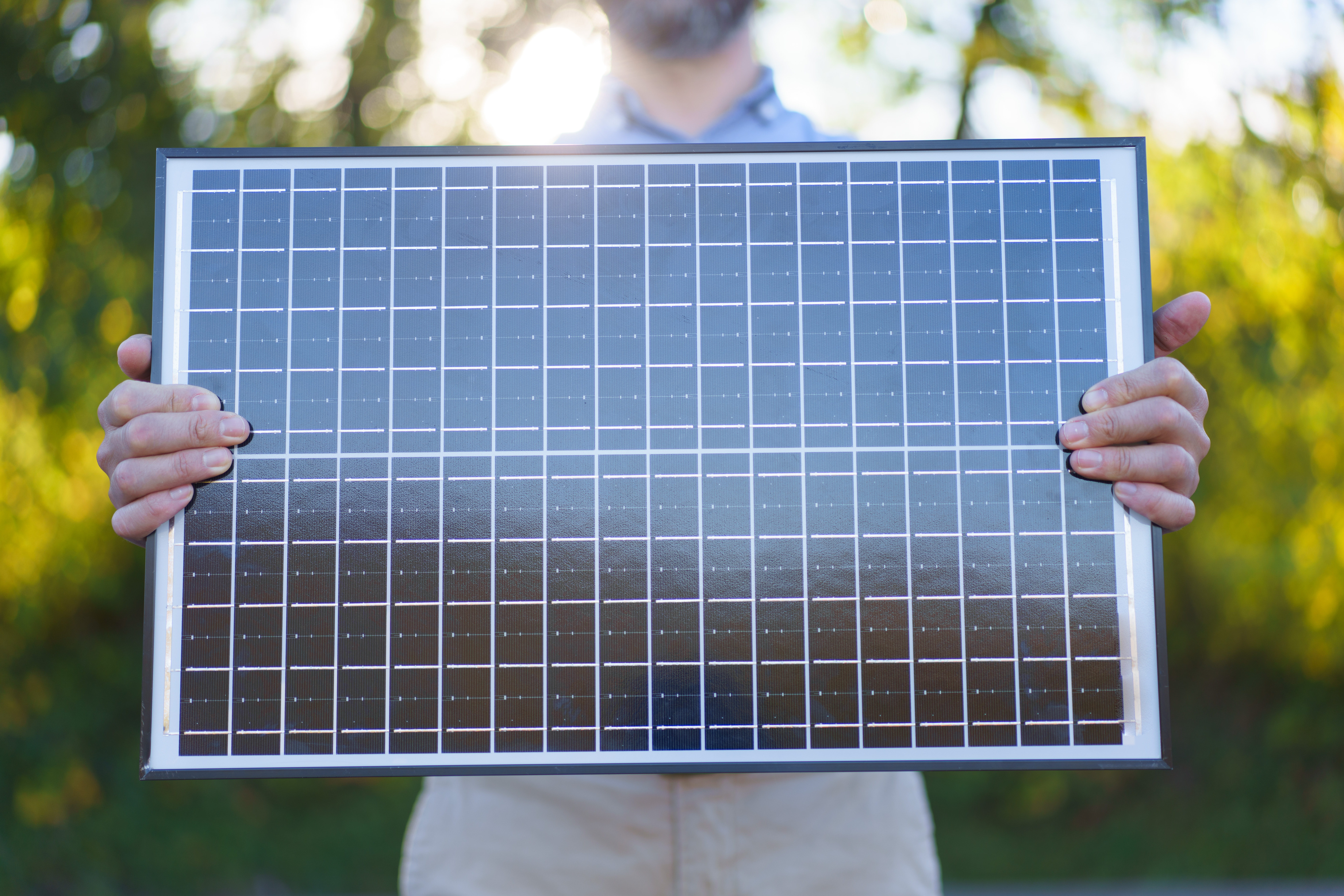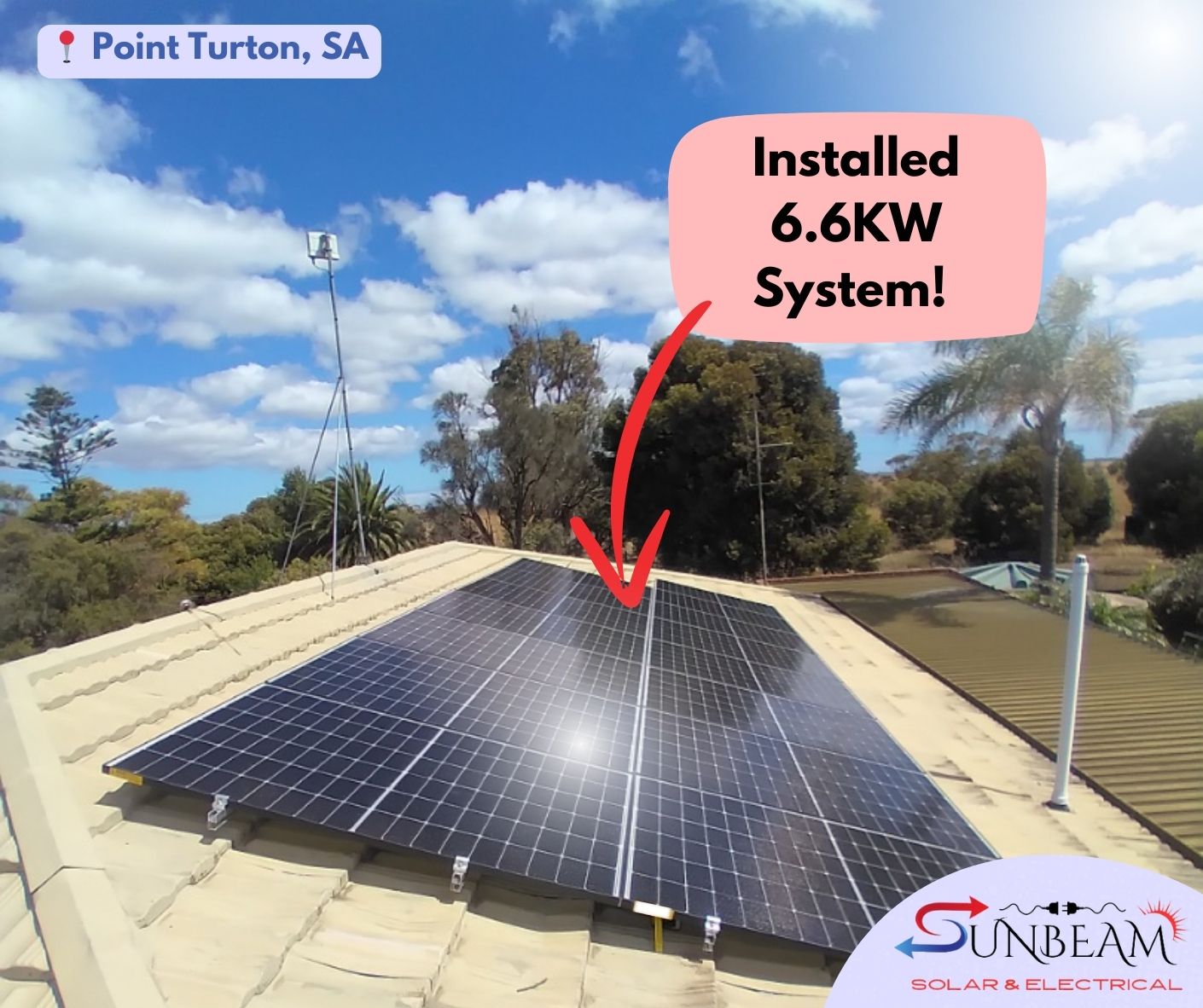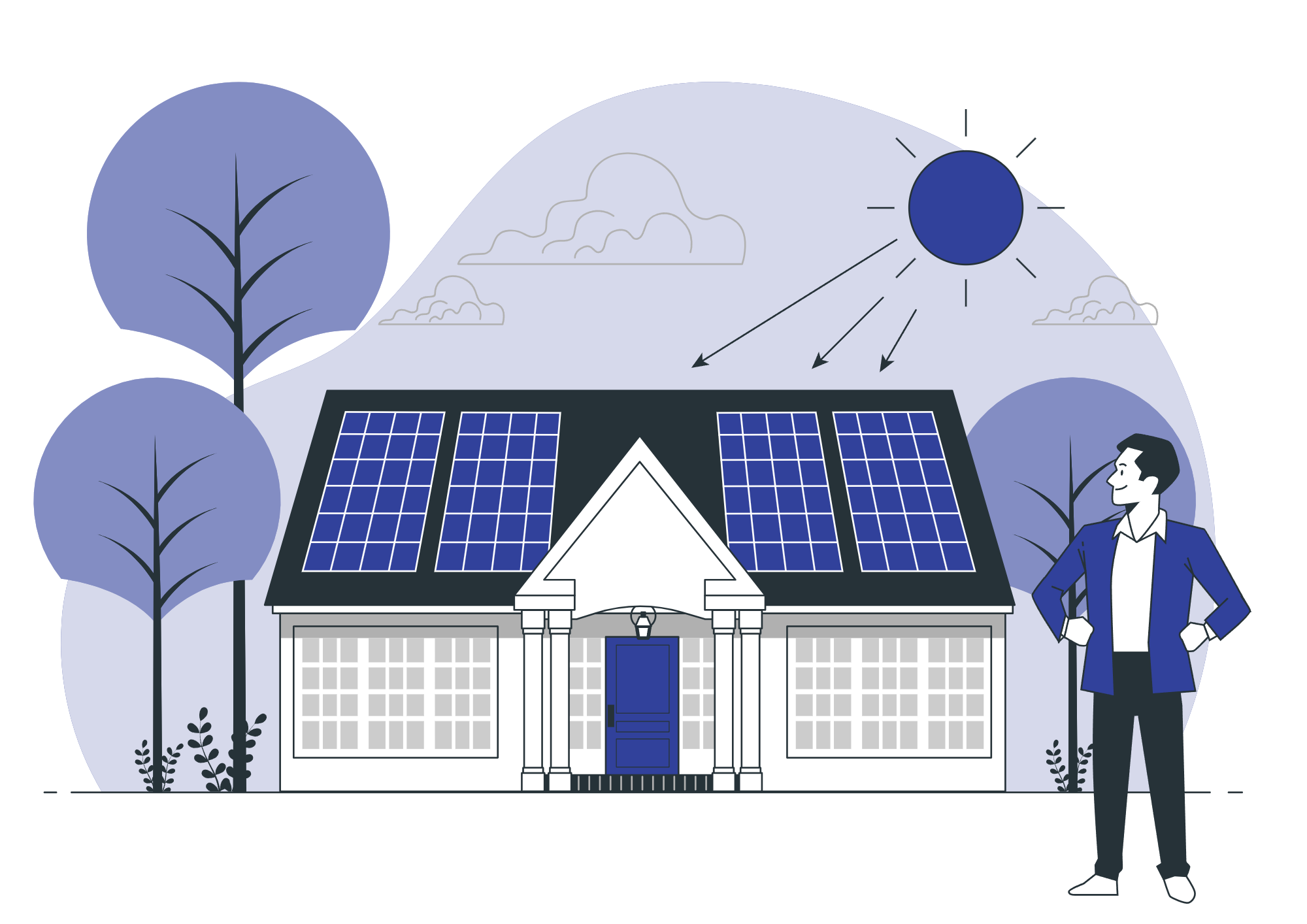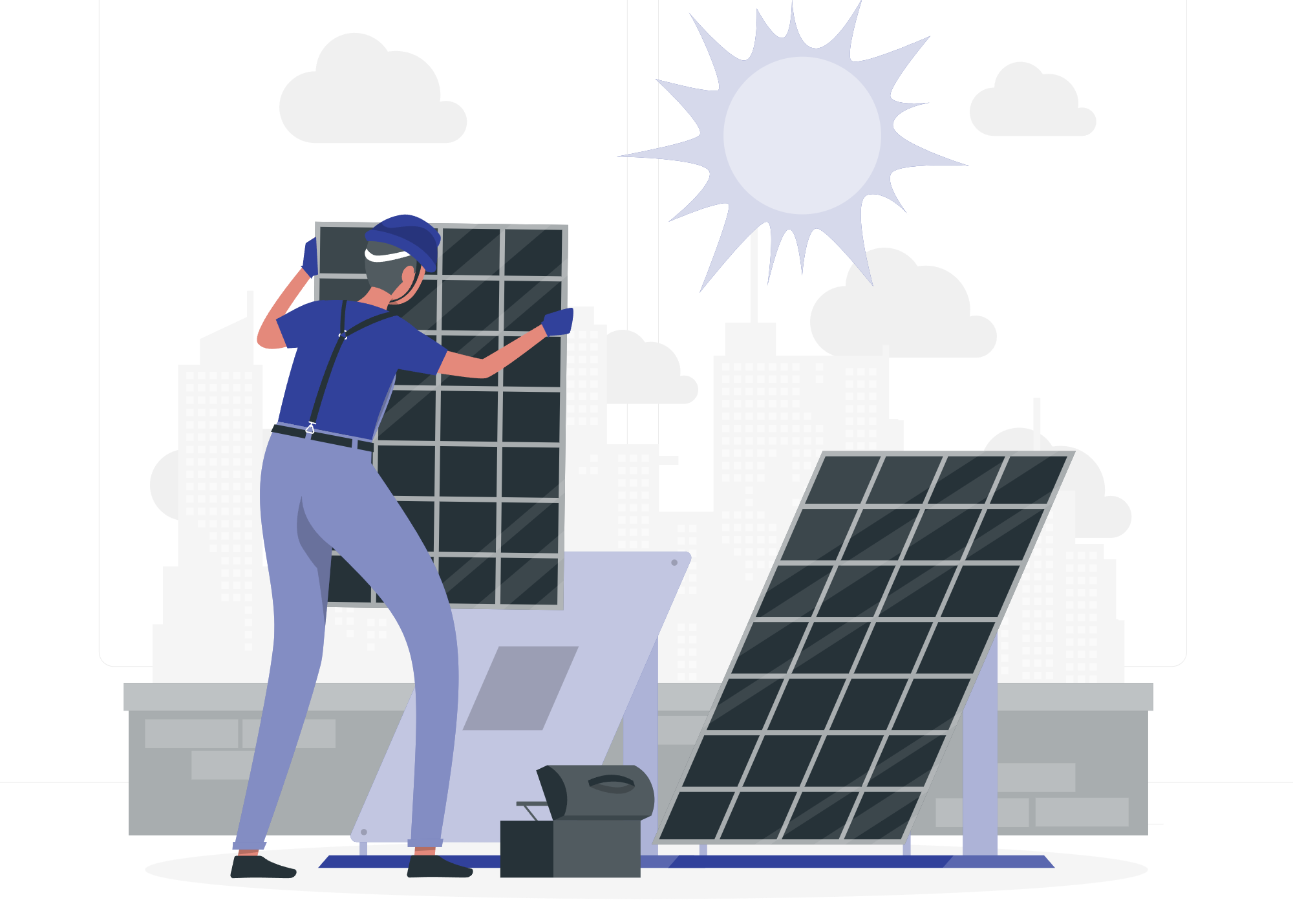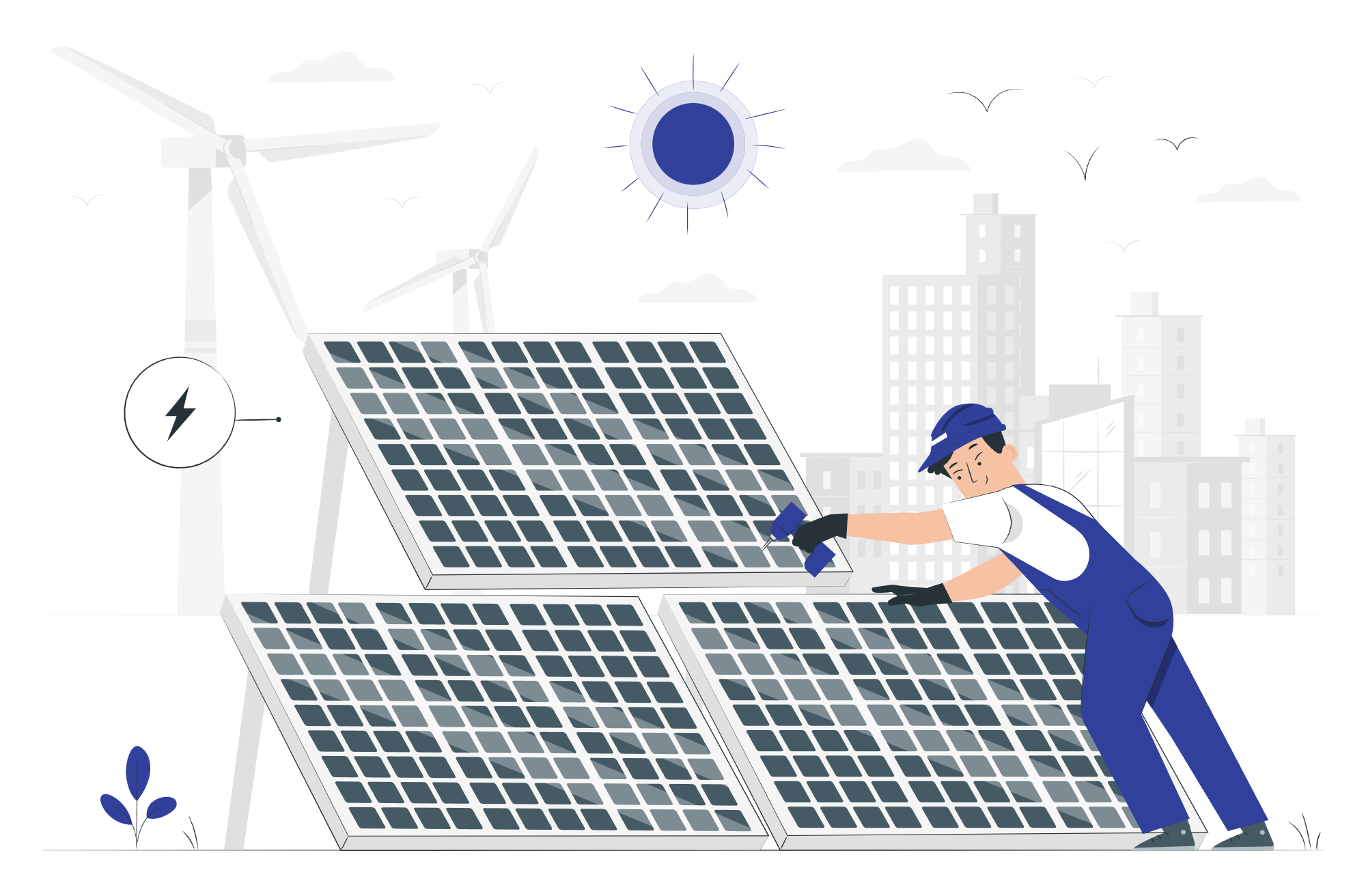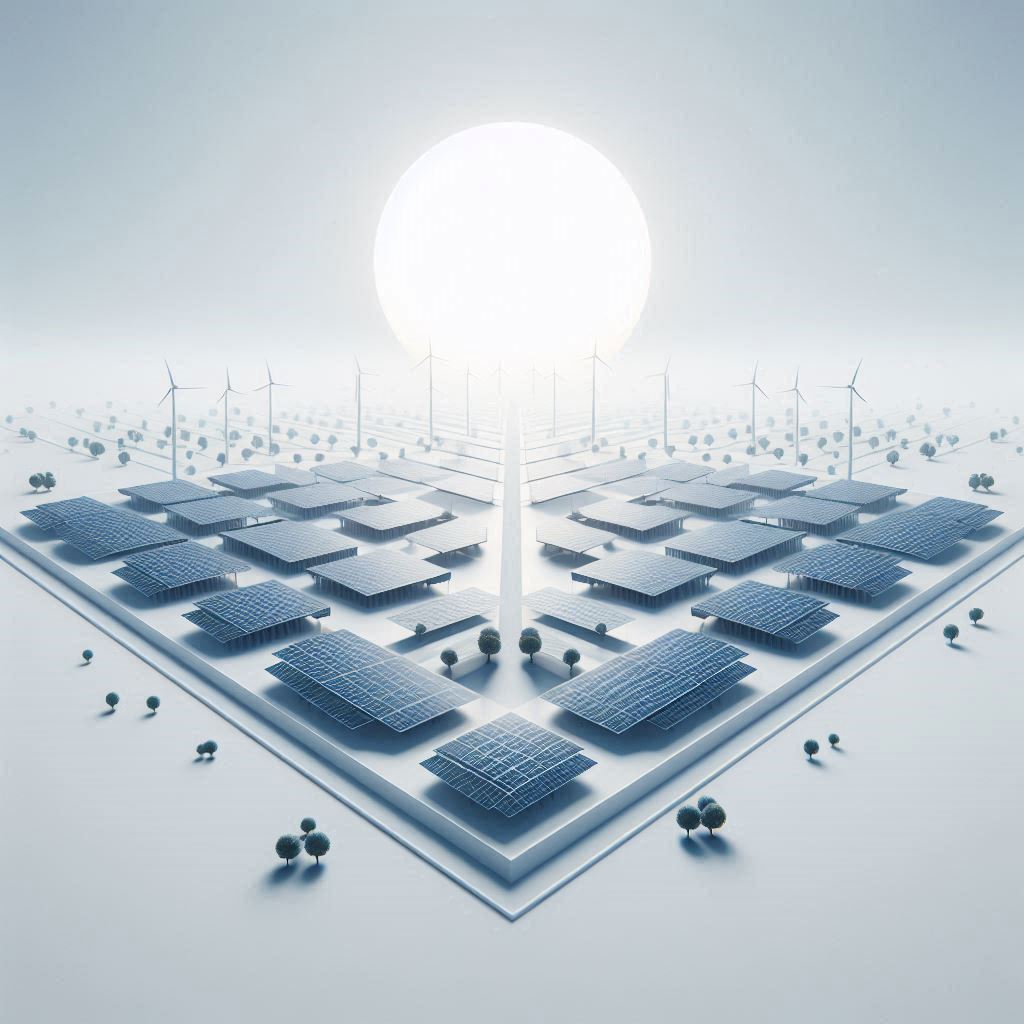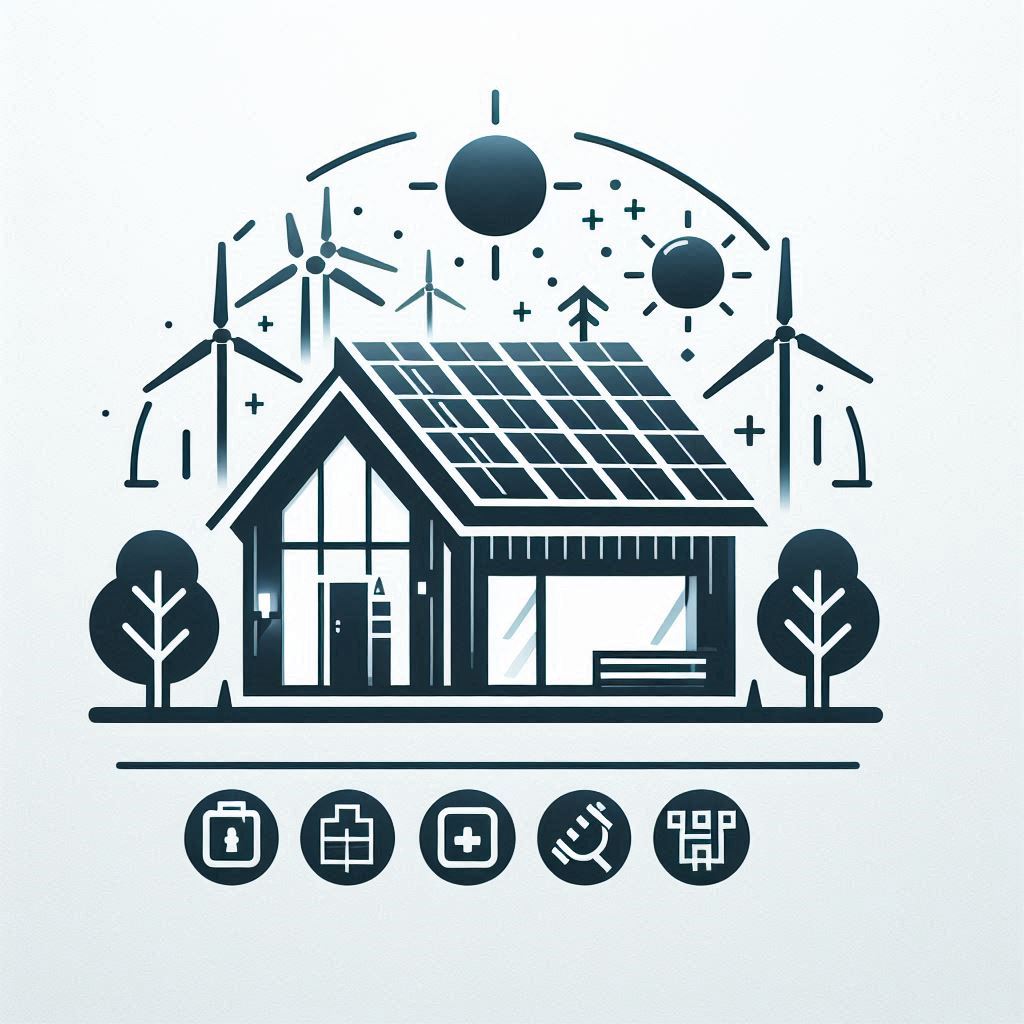x
S
u
n
b
e
a
m
-
 1300789291
1300789291
Special Offers
Choose Your Solar Package
6.6KW Package
Solar Starter Bundle
Package
Perfect Affordable solar solutions for your home to start your solar journey.
Read more
10KW Package
Family Friendly Bundle
Package
Our top value system for Medium House, with estimated savings of up to $3200 p/year
Read more
13.2KW Package
Power Bill Crusher Bundle
Package
Our Best Power Bill Saving Bundle for Big Family house & Large house.
Read more
50KW Commercial Package
For Huge Commercial
Package
50 KW with power inverter, High efficiency Solar panels and system
Read more
30KW Commercial Package
For Flexible Commercial
Package
Flexible solar system package for a range of commercial operations
Read moreHOW WE WORKS
Speak with an Sunbeam Solar Consultant today

Need a Help?
Reach out to the world's most reliable Solar Company.

